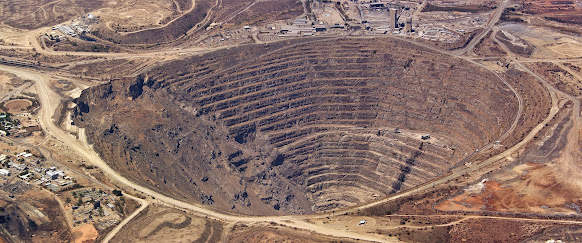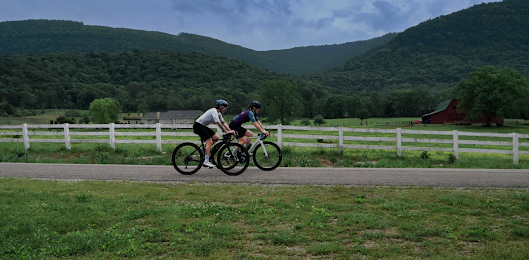 |
| Lindsey King works on a new home. (Photo by J. Glendenning, IRJ) |
Like many people in recovery circles, King experienced a "moment of clarity" when she "was only able to see her children once during her six-month stay," Glendenning writes. "She praised Perry Circuit Judge Alison Wells, who sent her to treatment after her arrest. King told Glendenning, “She seen things in me far before I’ve seen them in myself, and she pushed me to get there.”
King attributes part of her ongoing successful recovery to community support. She told Glendenning, "There’s no stigma over recovery anymore around here." Glendenning writes, "When King entered the Hope Building Program as a trainee, she and her children, now 8 and 7, lived in a one-bedroom apartment with one twin bed and a small closet. She moved up to a two-bedroom apartment and now owns her own home, where they all have a bedroom, and the kids have a place to play outside."
King likened recovery to building a home, which starts with a solid foundation and goes up from there. "She knew she wanted to be a carpenter after about a month of being involved in the Hope Building Program, even though she had never done construction," Glendenning explains. "King said that she has not been treated differently on the job because she was a woman. . . . Her advice for women looking to enter the trade is, 'Even if it’s something you think you can’t do, do it, go for it!'"
To become a carpenter, King attended Hazard Community and Technical College and "is the first person in her immediate family to attend college," Glendenning reports. "After King completed the program, the HDA hired her as a temporary assistant trainer for a year. Now she is a full-time assistant to lead trainer Josh Boyd; they work with a crew of four in the program."
 |
| King with her children, Waylon and Iris (Photo by J. Glendenning, IRJ) |
A criminal record can make it hard for people in recovery to find employers willing to give them a chance. Glendenning explains, "The Hope Building program does a background check, but Gabbard tells trainees, 'I don’t want them to stress about it because we haven’t seen anything yet that we haven’t been able to work through.' This offers a sense of relief, but once they are hired, 'they cannot have any new criminal charges after they begin the program.'"
Mindy Miller, HDA’s director of development and communications, whose own family has seen hardship from the drug epidemic, told Glendenning, “It's stories like Lindsey’s that give people hope. Her story is a lighthouse, a beacon shining in the night for every addict and for every person out there who loves an addict." Glendenning adds, "King considers the folks at the HDA her family and loves knowing that through her work she is giving back to her community by building something that is going to be someone’s home."













